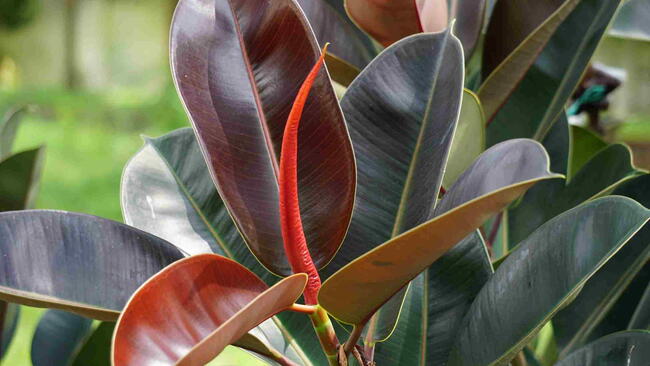
Photo Credit
Naranat/Shutterstock
Subhead
Learn how to plant, grow, and care for fiddle leaf figs—the tropical houseplant with bold, fiddle-shaped leaves.
Read Next
Types
- ‘Bambino’ is a dwarf variety and stays a more manageable 2 to 3 feet tall, perfect for small apartments or bathrooms.
- ‘Compacta’ reaches 5 feet tall and has smaller leaves that grow in bunches. Impressive size without taking over the room.
- ‘Variegata’ is harder to find. Beautiful green and cream leaves make a striking display.
Gardening Products
More Like This
There is no mention of feeding a fiddle leaf fig. Do they not need to be fed?
Hi Stephanie! Fertilize once a month with an organic houseplant fertilizer. Fiddle leaf figs don’t have a dormant period. Hope this helps!












Comments